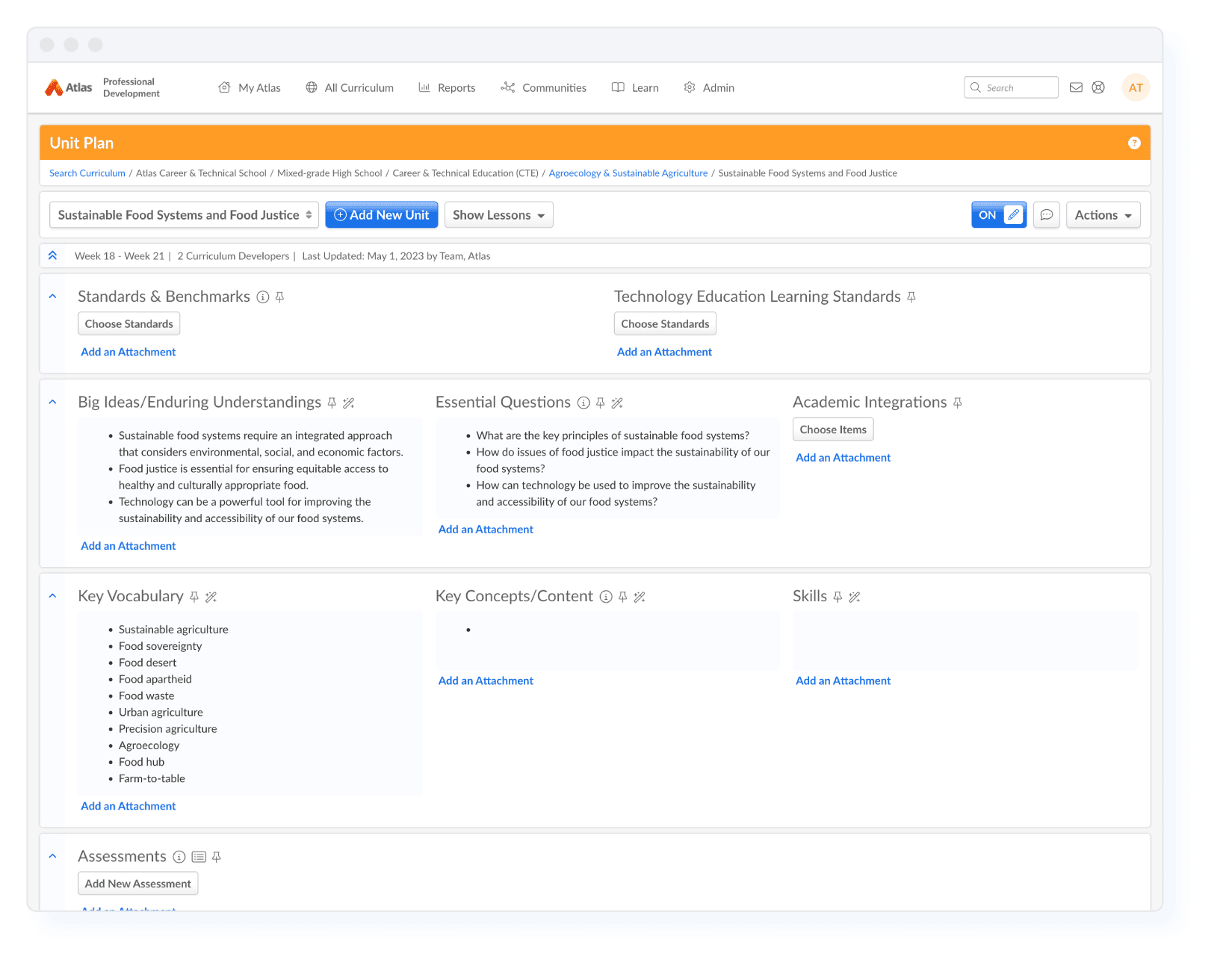In retrospect, the landscape of Career and Technical Education (CTE) in the United States during CTE Month in February takes on a unique significance when viewed through the lens of 2024. As we mark another year since the onset of a global pandemic, it becomes evident that the dynamics within the country have shifted, particularly in response to a labor shortage and a substantial 45% decrease in entry-level hiring since the beginning of the COVID-19 pandemic (Flynn, 2021). In this reflection, we observe a deliberate and impactful redirection of priorities by the Biden administration, notably championed by First Lady Dr. Biden and Secretary of Education Miguel Cardona.

The events of the past years have prompted a reassessment of education plans among families, with a notable decline in the percentage considering a traditional four-year degree as the primary post-high school option. The Biden administration's emphasis on the immediate need for focus and funding for CTE is reflected in increased federal funding, reaching significant amounts across various CTE-related programs (Curtis, 2021). This period marks a transformative phase where the glacial shift from a four-year degree as the default post-secondary option is met with strategic financial investments in CTE.
The challenges brought forth by the COVID-19 pandemic have underscored the urgency of accelerated learning, especially in PreK-12 settings, and the swift engagement in proven accelerated learning programs to realign students with their educational paths. Families are not only concerned with academic success but are increasingly looking ahead towards finding career paths that resonate with their students' interests and passions (Fitzgerald & Whitehouse, 2021).
The evolution of CTE is apparent in the changing perception of vocational courses. No longer considered an alternative to academic rigor, these programs are now competitive pathways through post-secondary education, including four-year degree programs. The expansion of CTE programs is exemplified in regional hubs like the Brazos Valley, where partnerships between educational institutions and industry stakeholders are creating tailored CTE programs to meet the demands of growing fields such as biomanufacturing (Jones, 2022). CTE programs, once limited to specific fields, now offer robust training and certification aligned with local and national labor market demands.
While CTE enrollment has positive implications for certification or degree completion, equity remains a challenge. Latino and low-income families, often part of marginalized communities, enroll in CTE programs with lower earning potential. Efforts are underway to promote equity by making all programs accessible and directing high-growth programs towards students with the greatest need.
Prospective CTE students and families seek information from various sources, with school websites ranking among the top. These sites play a crucial role in recruitment and retention. Keeping them updated and comprehensive, along with publishing CTE program curricula, enhances transparency and promotes program opportunities. Documenting and publishing the curriculum of CTE programs on an Atlas Public Site accessible through school and district websites is another chance that leaders are seizing to share with their stakeholders the opportunities afforded by the programs they offer.
Contact your Atlas Account Manager to learn more about creating and managing an Atlas Public Site for your school or program.
References
Curtis, Z. (2021, October 20). Senate Releases FY 2022 Appropriations Bill Text [web log]. Retrieved January 20, 2022, from https://ctepolicywatch.acteonline.org/2021/10/senate-passes-fy-2022-appropriations-bill.html.
Dukes, C., Glynn, S., Seeley-Schreck, C., Sherman, S., & Culina, J. (2021, January 13). CTE and Equity: The work of intentionally embedding equity in CTE programming [webinar]. Advance CTE. https://www.youtube.com/watch?v=BD1mPJ3XXRs.
Fitzgerald, K., & Whitehouse, S. (2021, April 30). Research Update: Results of a National Survey on How to Communicate the Value of CTE with Families [webinar]. Advance CTE. https://www.youtube.com/watch?v=zCMROowUmr0.
Flynn, E. (2021, February 19). What Is Career and Technical Education, and Why Does It Matter? [web log]. Retrieved January 20, 2022, from https://educationnorthwest.org/news/what-career-and-technical-education-and-why-does-it-matter.
Jones, H. (2021, March 5). Is Brazos Valley becoming the Biotech Valley of Texas? KRHD 25. Retrieved January 20, 2022, from https://www.kxxv.com/brazos/is-brazos-valley-becoming-the-biotech-valley-of-texas.
Tuggle, D. (2022, January 13). Bryan ISD adding biomedical program to career and technical education career path. KBTX 3. Retrieved January 20, 2022, from https://www.kbtx.com/2022/01/14/bryan-isd-adding-biomedical-program-career-technical-education-career-path/.
About The Author
Kelly Jensen is a Professional Development Content Specialist with Faria Education Group, based in Portland, Oregon. She works with educators domestically and internationally, facilitating conversations about curriculum development and pedagogy. Kelly also takes great pride in creating resources and content to support the individual growth of educators. Her first experience in education was teaching secondary Humanities and Dance, and she has since supported public schools as lead teacher, committee chair, and program director. Kelly earned her Bachelor of Arts in English and her Masters in Teaching from Washington State University.


